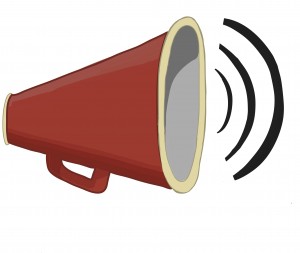Treatment foster parents and programs will get their first glimpse of our Handling Intense Emotions curriculum at the Foster Family Based Treatment Association annual conference in July in Nashville. I will present results of our pilot work on a treatment foster care model to step down youth from residential care to foster care. This study resulted in the need to develop Handling Intense Emotions, as the foster parents wanted more skills to deal with kids emotional volatility and their emotional volatility was disrupting good placements. The presentation will end with a ten minute demonstration of Handling Intense Emotions.
I would like to make Handling Intense Emotions the cornerstone of a treatment foster care intervention. As it is, we have developed it to be part of a residential program, to be paired with other treatment foster care interventions, or to be used with individual youth and their caregivers in foster care. 
Treatment foster care programs too often don’t have a treatment philosophy. In addition, there are too few manualized treatment foster care programs that have undergone any research and evaluation.
